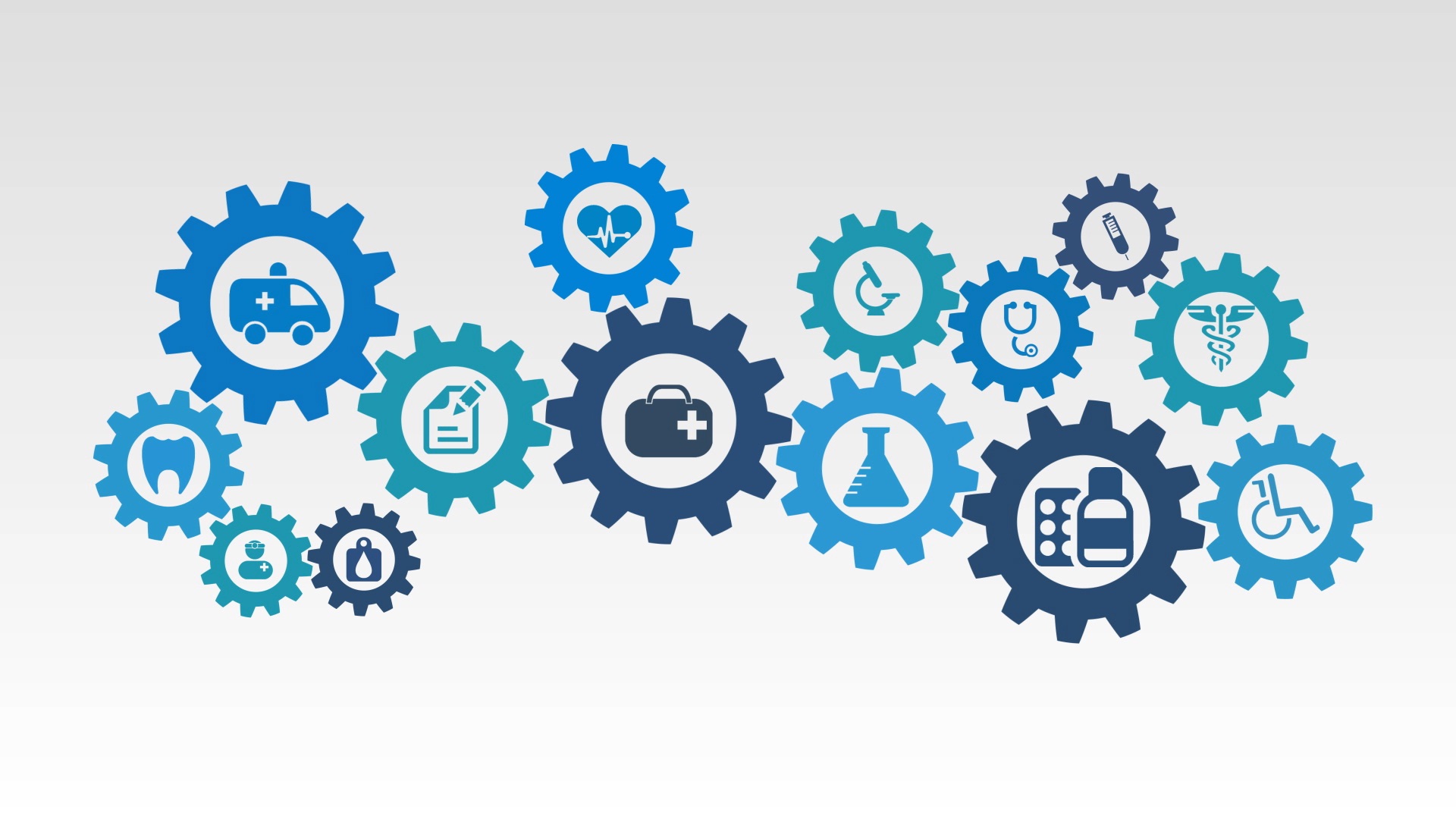Working Towards Improvements in Global Health Access

Recently Patrick G., one of our FCGers supporting the USAID team, had the opportunity to partner with other authors to author the article titled “Proposing standardised geographical indicators of physical access to emergency obstetric and newborn care in low-income and middle-income countries”. This article addresses the global health problem of providing timely emergency obstetric and newborn care services in areas that have limited amounts of mapping data needed to direct expecting mothers to the closest services available to assist them.
This month, Patrick was able to give us an inside look at his contribution to being published in the BMJ Global Health Journal.
The article topic covered is in support of the UN Sustainable Development Goal 3 and specifically works towards achieving the Millennium Development Goal Target 5.A which is to “reduce by three quarters, between 1990 and 2015, the maternal mortality ratio”.1 What got you interested in supporting this area and how did you become connected with the composition of this article?
The GeoCenter team works across all sectors and countries in which USAID works. This means one day you may be working with democracy and governance experts in Ukraine and the next you’re working on food security issues with economic growth experts in West Africa. But when our team was first established back in 2011, we received a lot of immediate interest in our mapping and analysis support from the Global Health Bureau.
One of the first requests was to map and analyze gaps in maternal and child health service accessibility in Malawi. This work was used to drive USAID’s engagement with the Malawi Ministry of Health to identify the locations in which they should either expand the services offered in existing facilities or build new facilities to maximize the impact of limited financial resources.
This effort connected us with the lead author on the article and we’ve continued to work with him in support of related USAID efforts in other countries.
The authors of this article, including yourself, address the problem of “physical access to emergency obstetric and newborn care in low-income and middle-income countries” and how better data through improved methods would help to provide access to these services to pregnant women in disadvantaged areas. How does your technical expertise support the exploration of this topic? What was your role in contributing to this article?

The complications that lead to maternal and newborn deaths can be addressed by emergency obstetric and newborn care (EmONC) services when the services are of sufficient quality and actually utilized. As a result, the standard set of metrics to measure EmONC services in a given health system focus on quality and utilization.
However, these standard metrics do not include the travel time required to physically access the services, which is a particularly common challenge in developing country contexts where many people live in remote settings without access to the same transportation methods or infrastructure that we’re used to in other parts of the world. Therefore, the article proposes adding geographically explicit metrics to those that currently only focus on EmONC service quality and utilization to better account for this additional challenge in effectively administering life-saving health services in certain settings.
As a result, my technical expertise as a geographer provides unique insight on establishing these new metrics. This provided an exciting opportunity to work with health experts around the world to develop this article and to help clearly articulate the dimensions of the proposed metrics.
The article addresses a topic that many would think of as a simple fix here, especially since we have a saturation of easy access to programs that use GPS at our fingertips daily. But in reality, this type of data set is hard to come by in other areas that lack the capabilities we have at hand. How does this issue relate to the work of the GeoCenter?
The GeoCenter focuses on strengthening USAID’s decision making with data-driven approaches that geographically prioritize the locations where we can maximize the impact of limited resources. But “data-driven approaches” are dependent on data and, as noted in the question, there is often a limited amount of data representing most of the places that we focus on.

This relates to the GeoCenter’s work in several ways. One is that our effectiveness relies on establishing relationships with a global network of individuals and institutions to ensure that we have access to useful data when it would otherwise be inaccessible. Another is that we contribute to establishing USAID’s internal geographic data standards to increase the quality and accessibility of the data generated by USAID contractors all over the world. And another example is efforts like our YouthMappers program that connects young people in the US and abroad to create their own open and accessible data to drive the change that they want to see, both locally and globally.
What future projects are you interested in exploring?
The exciting thing about the GeoCenter is that we get to do very technical work that engages a wide range of experts in countries all around the world, promotes peace and prosperity among the people and places that need it most, and also serves the American people. I’m interested in exploring that. Better get back to work!
Click here to check out Patrick’s article in the BMJ Global Health Journal and learn more.
- Source quoted from United Nations Millenium Development Goal Target 5A, https://www.un.org/millenniumgoals/maternal.shtml
